By James Hart
Since its first inception as “Decoration Day” in 1868, Memorial Day has served as an important reminder regarding those who died in service to their country. Some will observe the holiday by visiting our nation’s memorials and national cemeteries. Others will visit the gave stones of their ancestors. Here at Warfare History Network, we’ve compiled a list of stories that we hope will call to mind not just the well-known sacrifices of our past, but all men and women who have put their life on the line in service to their nation.
An American at the Somme: Henry Augustus “Harry” Butters, Jr., was born in San Francisco, California, on April 28, 1892. He was educated both in his native country and in Great Britain. When World War I broke out, his heart was with the British, and he enlisted in the army. Unfortunately, he was killed in action at the Battle of the Somme, was the first American citizen to die during World War I.
Jim McCloughan at the Battle of Nui Yon Hill: Jim McCloughan was a combat medic with ‘Charlie Company’ of 3/21 during the Vietnam War. When the company began its assault on Nui Yon Hill on May 13th, 1969 two helicopters were immediately shot down, crashing 100 meters away from Charlie Company’s position. Pfc. McCloughan’s squad reached the crash site perimeter and sighted an injured soldier 100 meters away. Under heavy crossfire between Charlie Company and an advancing NVA platoon, McCloughan ran to the wounded soldier and rushed him back to the company, saving his life. Pfc. McCloughan saved a total of 10 lives during the fight and received the Medal of Honor.
The Deadly Fighting at Antietam: The Battle of Antietam, fought September 17, 1862, was the culmination of the first invasion of the North during the American Civil War by General Robert E. Lee and the Confederate Army of Northern Virginia. The bloodiest single day in the history of the United States and the bloodiest day’s fighting ever in the Western Hemisphere, the Antietam death toll has always been hard to accurately determine. So many soldiers of both sides died that some were buried hastily in shallow graves and never moved to formal cemeteries.
African American Marines proved themselves at Iwo Jima and elsewhere during World War II: Although they had been segregated, abused, disrespected, discriminated against, and used as common laborers because they were thought to be incapable of combat, the black Marines proved otherwise. They had broken the longstanding military color barrier, and African American soldiers, sailors, Marines, and airmen would distinguish themselves in all of America’s upcoming wars.
Task Force MacLean/Faith at Chosin Reservoir during the Korean War: On November 27, 1950, a regiment-sized force from the 7th Infantry Division under Col. Allan MacLean was ordered to protect the right flank of Marines fighting at the Chosin Reservoir. After MacLean was mortally wounded and captured, Lt. Col. Don Faith took over command. Greatly outnumbered by the Chinese, the men of the Task Force kept considerable pressure off the Marines, enabling them to conduct an orderly retreat.
General Washington: Keeping the Army Intact At Morristown: The trial of Morristown during the cruel winter of 1779-80 demonstrates Washington’s greatest achievement: keeping his army in existence for the duration of a long war under incredibly difficult circumstances. Washington’s resolve during such desperate hours was as important a victory as any battle and led to ultimate victory.
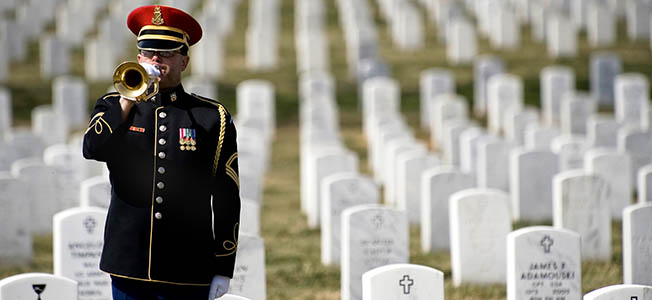
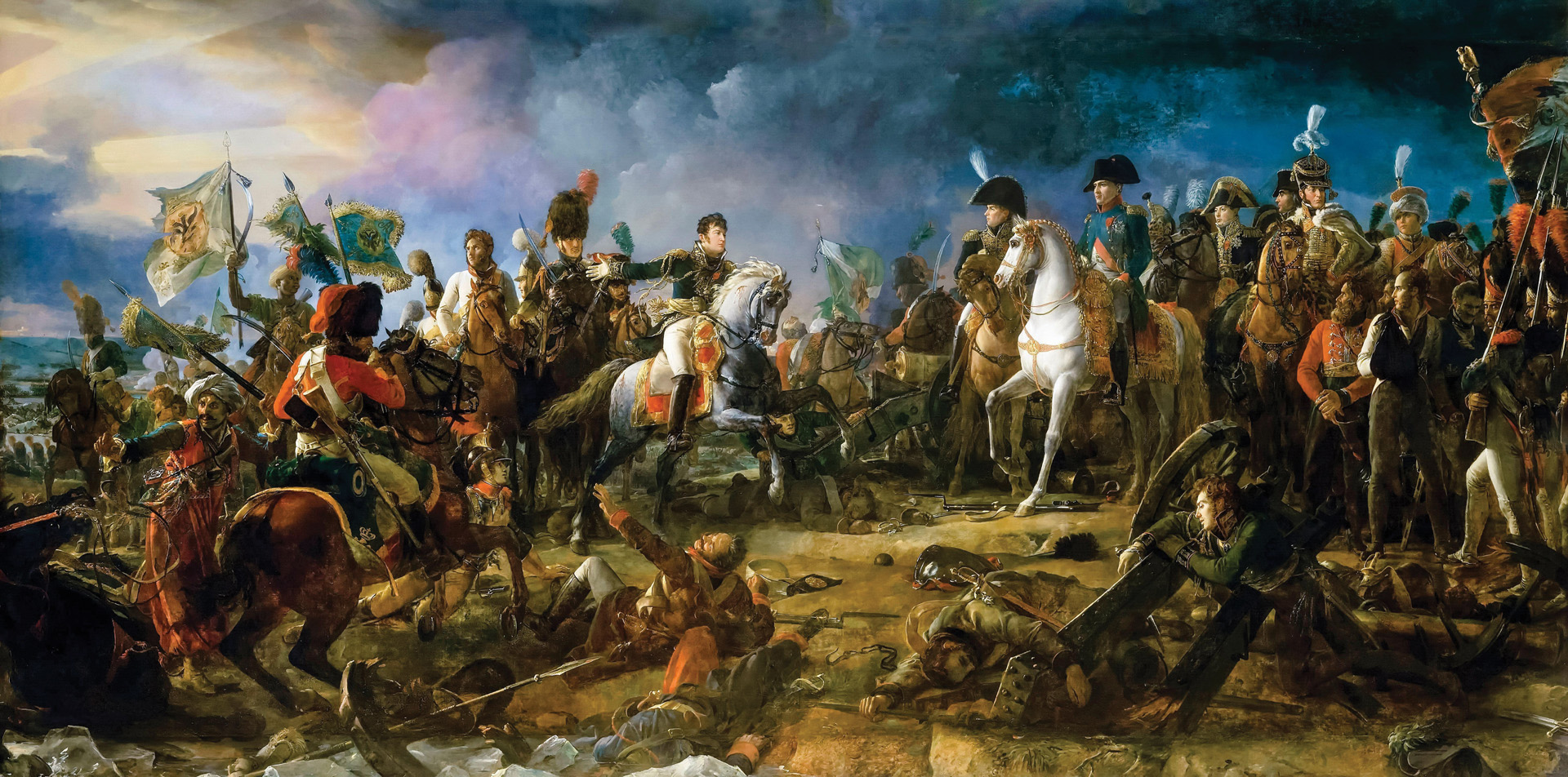
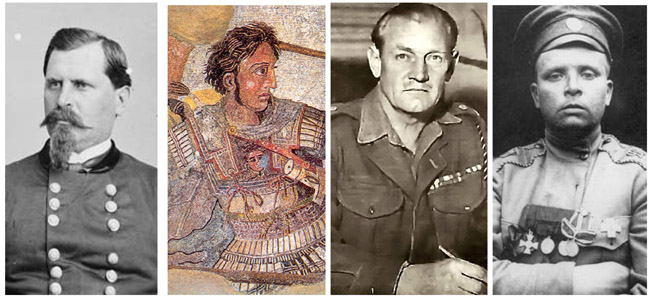
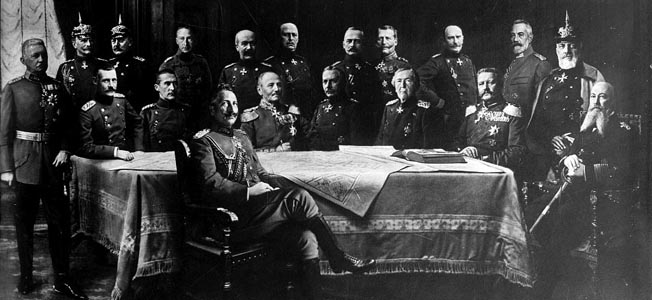
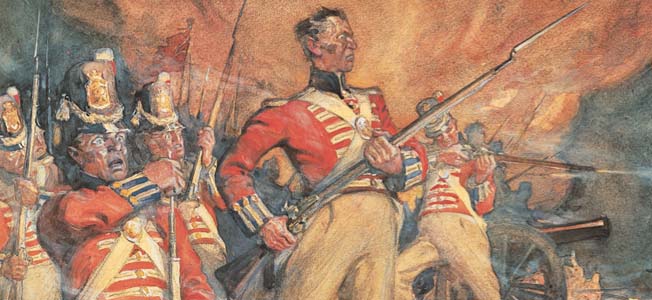
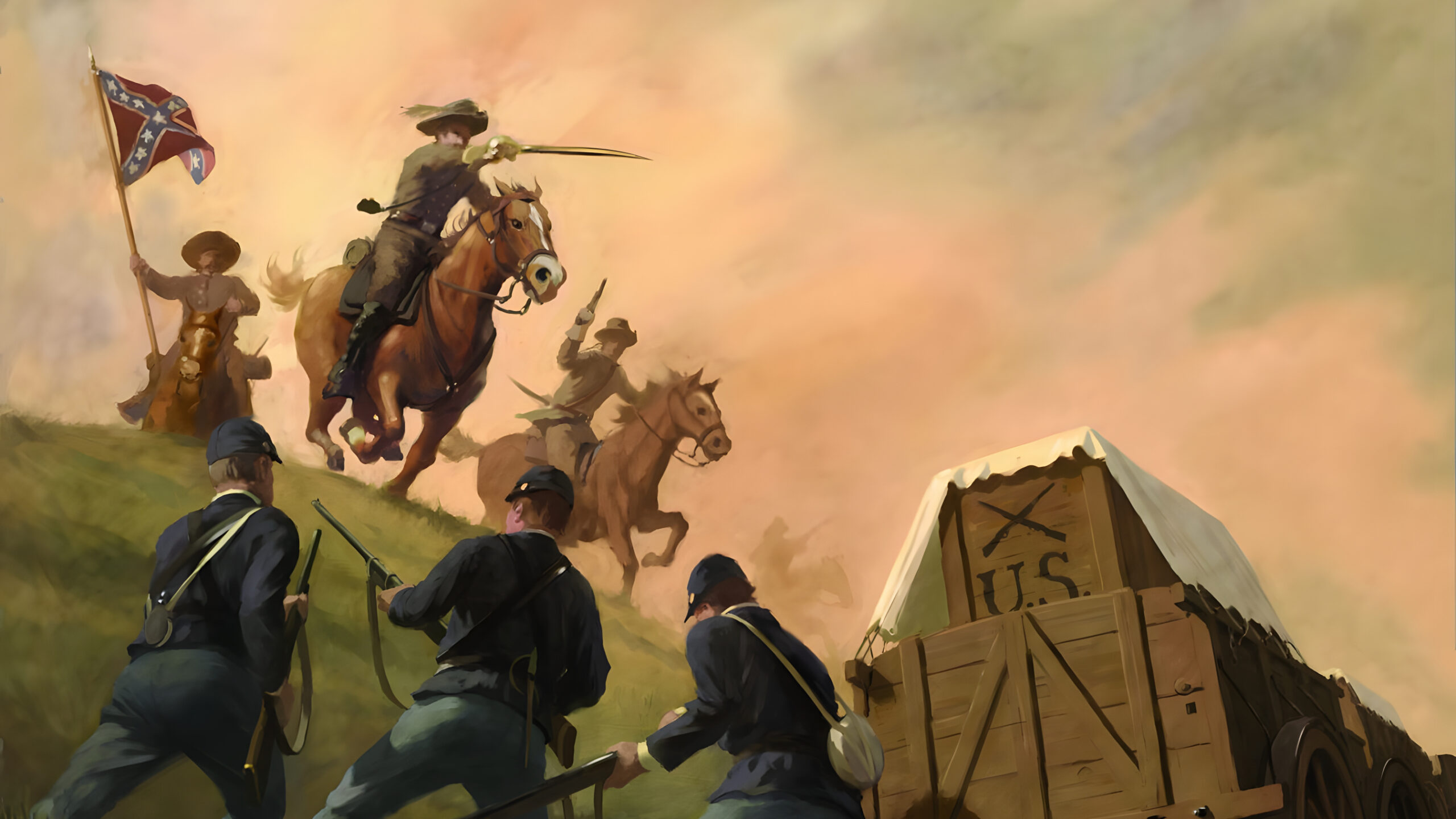
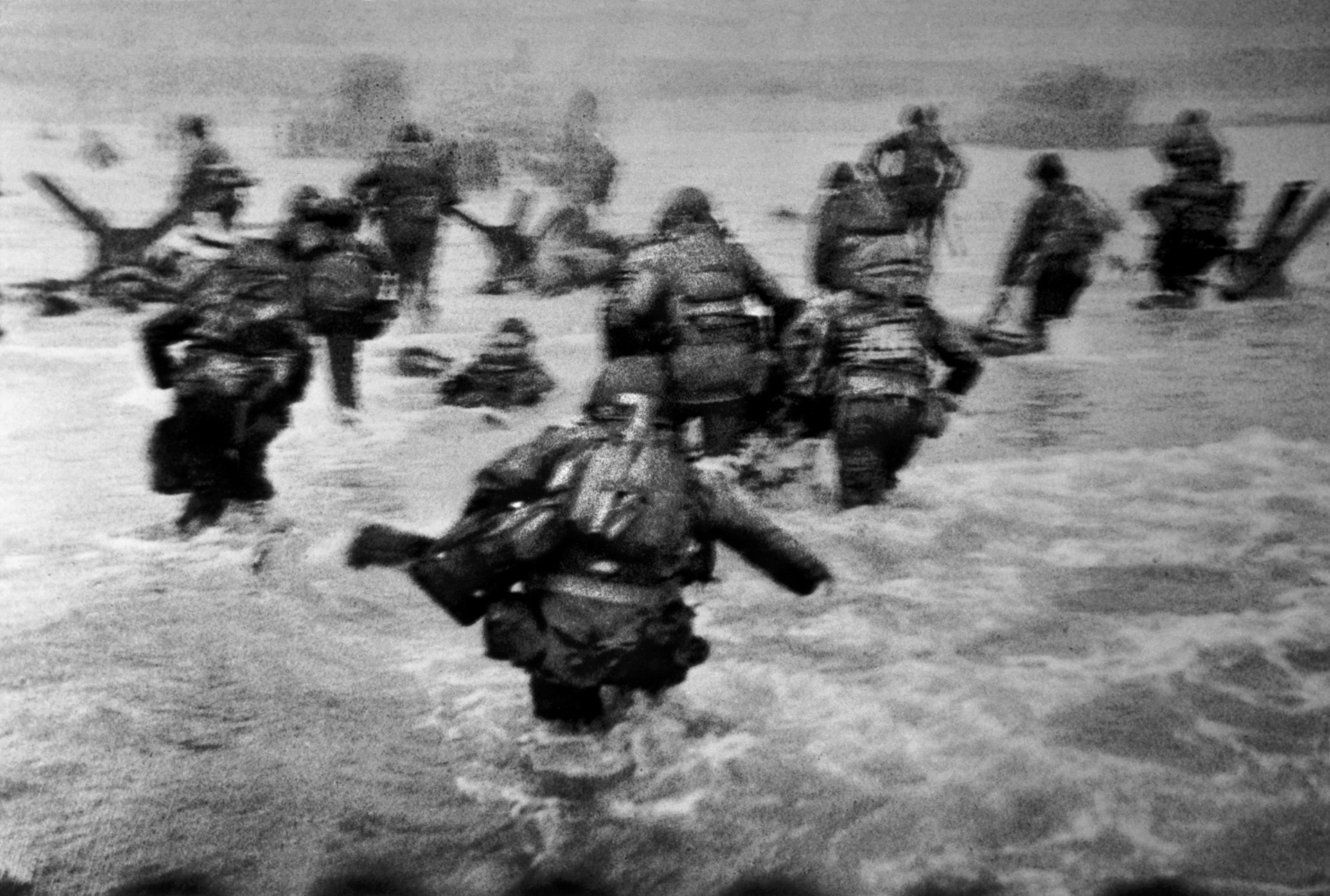
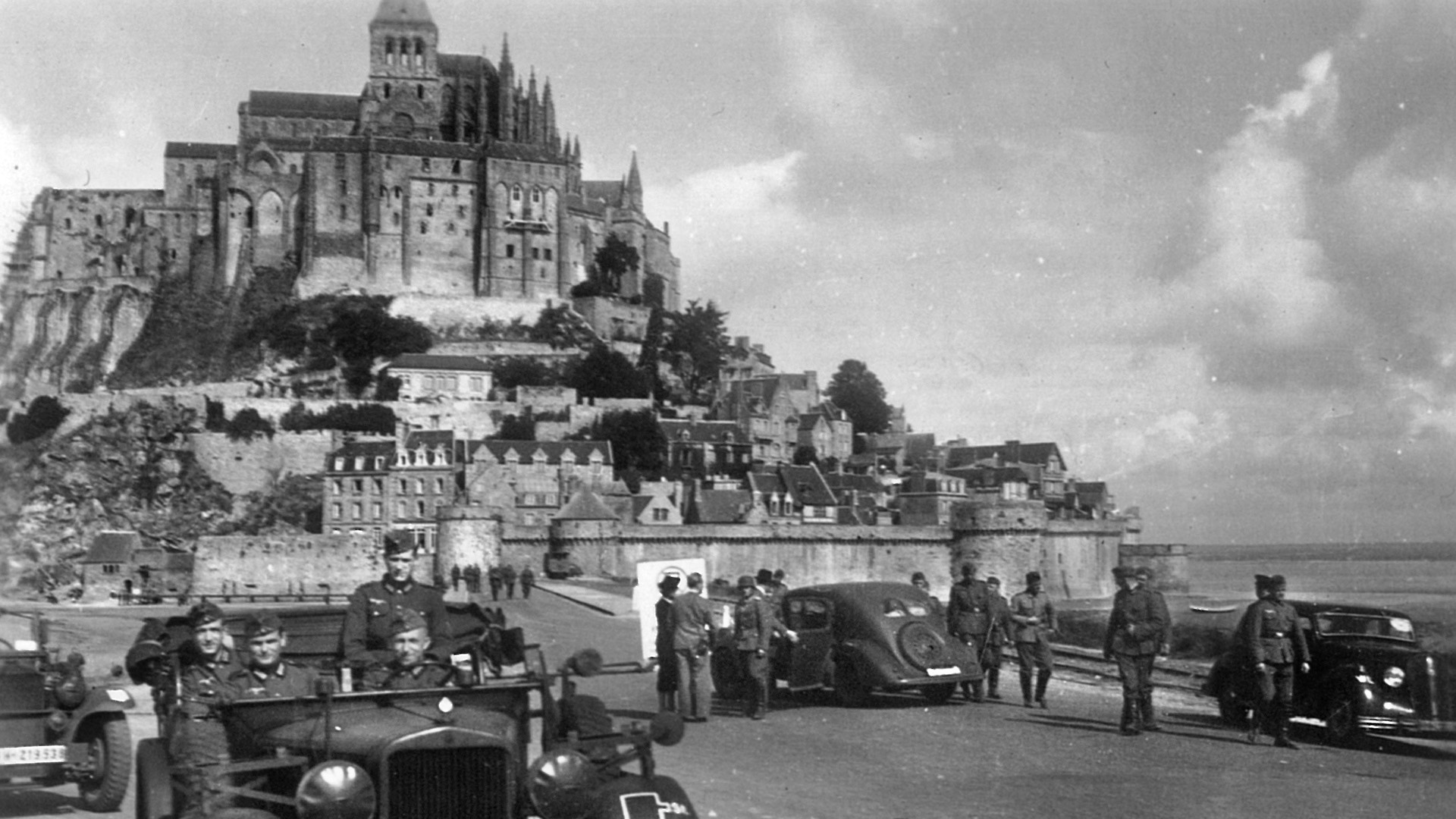
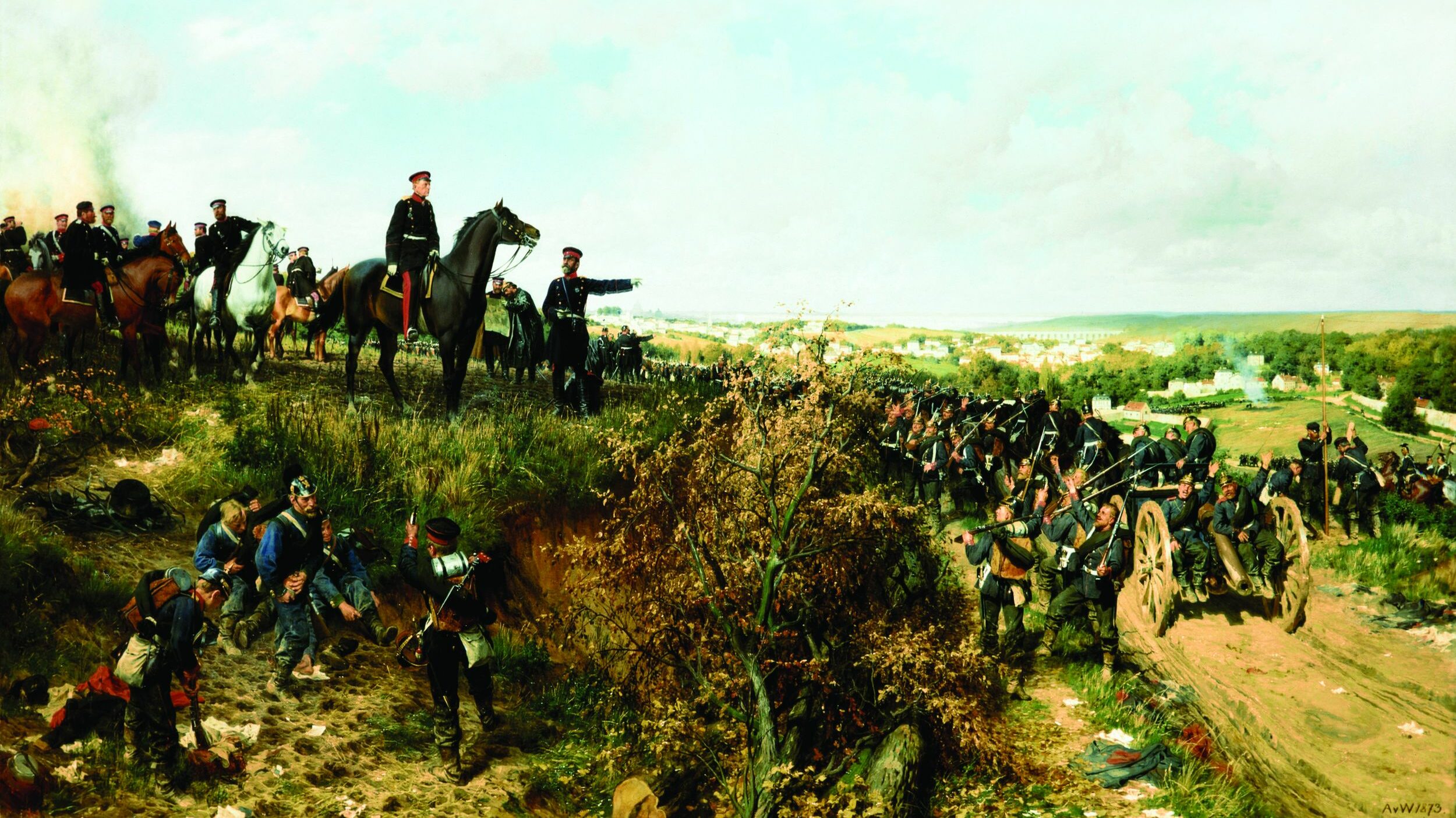
Join The Conversation
Comments
View All Comments